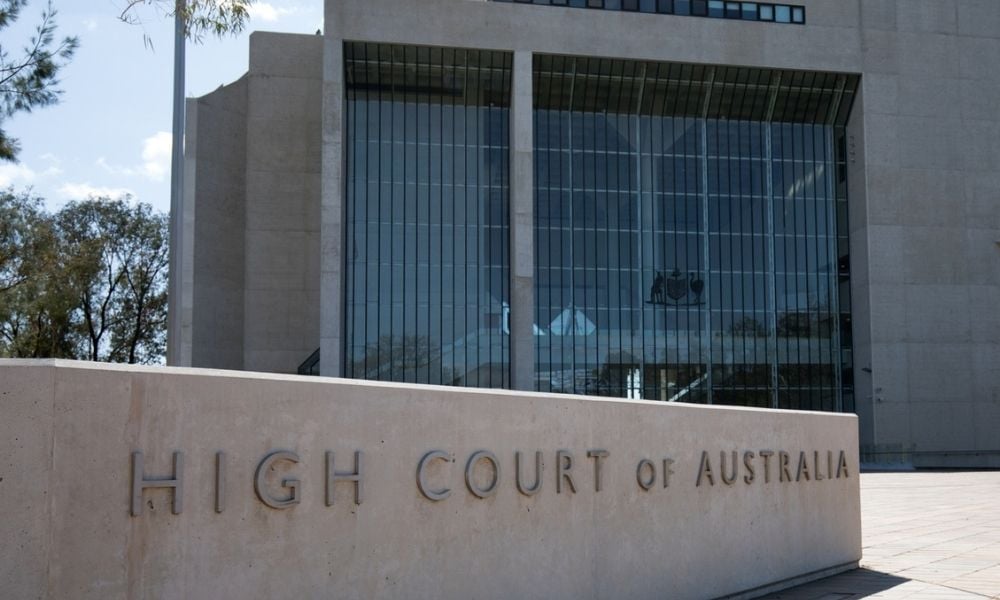
The defence's failure to seek 'anti-tendency' direction seemed deliberate, the court says

In a criminal appeal in which a man argued there was a miscarriage of justice because the jury was not given adequate “anti-tendency” direction during the trial, the High Court has ruled that such direction was not necessary given the circumstances of the case.
Hamilton (a pseudonym) is the father of five children. Three of them complained that he had committed sexual acts on them.
He was convicted of 10 counts of aggravated indecent assault, committed on separate occasions. Hamilton questioned the judgment because the trial judge did not give the jury an "anti-tendency direction."
The said direction states that "the jury must not reason, from a finding that the appellant was guilty of one charged offence, to conclude that he was guilty in respect of other charged offences because he was the kind of person who engaged in that kind of misconduct." It is essentially a direction to the jury not to conclude guilt on related offences if guilt was already established on a specific charge.
At Hamilton's trial, the defence had not sought to have the counts tried separately. Instead, it had all ten counts tried together as part of an alleged strategy "to obtain forensic advantage."
The High Court said the strategy was likely designed to invite the jury to consider the totality of the evidence. The intention is for the jury "to conclude that the children fabricated their allegations against him at the urging of their mother, [Hamilon's] former wife."
In the absence of the anti-tendency direction, Hamilton's counsel secured a direction from the trial judge that "the jury could not convict the appellant on any count unless they were satisfied beyond a reasonable doubt that the evidence of each child was honest and reliable in relation to each of the counts concerning that child." The latter is known as the “Murray direction.” The trial judge also directed the jury that they were required to give “separate consideration to each count.”
Hamilton was convicted on all counts. He then sought appeal before the Court of Criminal Appeal of the Supreme Court of New South Wales, which dismissed his appeal.
The High Court held that "an anti-tendency direction was not necessary to ensure that the jury did not reason to guilt by reliance on impermissible tendency reasoning."
It found that "the jury's satisfaction that each [child] was honest and reliable would lead directly to guilty verdicts." It also said that the Crown's "scrupulous" presentation of evidence made "tendency reasoning even more remote."
The High Court further said that the failure of Hamilton's counsel to seek an anti-tendency direction seemed to be a "deliberate decision" to obtain an advantage.
It held that there was no miscarriage of justice at trial.
The judgment was handed down on 3 November 2021.